A corner of the residential area at MBQH 8018, Quang Thang ward, Thanh Hoa city. Photo: PV
When the red book becomes a "distant dream"
MBQH 2125 phase 1 with hundreds of households not yet granted red books is not an isolated case in Thanh Hoa City. Currently, in Thanh Hoa City, a series of other urban area projects are also making the dream of a red book become distant for people, even though they have spent money to buy land, build houses and live there for many years. The "quick and easy" development model of many investors combined with the lax management of functional agencies has created an alarming situation of legal, planning and management shortcomings.
At MBQH 934 Dong Hai Ward, Thanh Hoa Metallurgy Joint Stock Company (now Viet Thanh VNC Joint Stock Company) won the auction for 345 land lots and was granted a total land use right certificate for all 345 lots. According to the contract signed on June 5, 2008, Viet Thanh VNC Joint Stock Company had to complete the investment in building the raw houses of 345 land lots according to the approved design before selling them to the people. However, this unit did not fulfill its commitment, instead taking advantage of the need to buy land to mobilize capital through the form of "Investment capital contribution", then converting it to "Land use right transfer contract" with the provision that after the household completes the construction of the raw house (according to the design documents provided by the company), the company will complete the procedures to issue the red book.
By 2021, 26 lots had been built by households themselves, but many apartments were not built according to approved urban designs, leading to difficulties in the appraisal process and application for red books.
Mr. TCQ, one of the households in MB934, said: "During the process of households building their own houses, the investor did not inspect, supervise, manage, and provide additional guidance on the State's regulations on construction density, so a situation arose where some households, due to not fully understanding or not promptly updating the new State regulations, built houses that were not in accordance with the design drawings and permitted construction density."
MBQH 2125 phase 1 with hundreds of households not yet granted red books is not an isolated case in Thanh Hoa City. Currently, in Thanh Hoa City, a series of other urban area projects are also making the dream of a red book become distant for people, even though they have spent money to buy land, build houses and live there for many years. The "quick and easy" development model of many investors combined with the lax management of functional agencies has created an alarming situation of legal, planning and management shortcomings. |
Since 2022, after pressure from the authorities, the investor of this MBQH has just started to build the rough construction. As of March 2025, the company has only built the rough construction of 240 lots and there are still 105 lots that have not been built. Regarding the progress of granting land use right certificates, the company has only completed the granting of certificates for 84/345 lots and submitted applications for certificates for 86 lots. More than half of the remaining lots have not been granted certificates, including 26 lots that households had built against the design before 2021.
At the Nui Long urban area project combined with the resettlement area serving the site clearance of the East-West beltway project, after 9 years of implementation since 2016, the project has not yet been 100% completed (only reaching about 92.8% of the total investment). At this project, the investor has been granted a land use right certificate and handed over land with a residential land area of 87,604.8m2 (737 lots) out of the total residential land area assigned by the Provincial People's Committee of 155,772.1m2 (1,128 lots). However, the granting of land use right certificates to land buyers at this project is still problematic because some plots of land and people have not built in accordance with the approved planning and design.
A similar situation also occurred at MBQH 8018, Quang Thang Ward, invested by Minh Huong Construction and Trading Investment Joint Stock Company. A resident living on Ngo Thuyen Street shared: "Although they have built a house and lived here for many years, they have not yet been granted a red book, and the electricity bill here is still high. Living for many years without being granted a red book also makes many people always live in a state of insecurity about their property."
"Tricks" to circumvent the law and its consequences
Current reality shows that investors in the above-mentioned areas often apply the project development model according to the 5-step "quick and easy" process: Winning the auction at a high price; mobilizing capital from buyers through the forms of "capital contribution contracts", "loan contracts"; investing in minimal infrastructure, step by step to reduce costs; letting people build their own houses without close supervision; prolonging the time to issue red books... while the cash flow from this project can be transferred to invest in other projects.
Residential area at Nui Long urban area project combined with resettlement area serving the site clearance for the East-West beltway project, Thanh Hoa city. Photo: PV
According to Mr. Nguyen Trong H., in Thanh Hoa City - a veteran in the real estate industry, the nature of the problem lies in the unsustainable business model, when investors apply the "formula" focusing on short-term profits, ignoring long-term responsibilities and depending entirely on capital mobilized from buyers, creating an unstable spiral. Some projects are stalled, not ensuring progress due to investors' lack of financial capacity, project management capacity...
In order to attract capital as quickly as possible, investors have deployed many sophisticated "law-evading" contract methods, typically loan contracts at MBQH 2125 Projects Phase 1, Phase 2; Dong Phat Urban Southeast Residential Area Project (also known as MB 584), Quang Thanh Ward...; along with long-term capital contribution or deposit contracts. Although these forms hardly provide any legal protection for buyers, they are still widely accepted due to the combination of attractive prices, prime locations, combined with people's lack of understanding of the law and especially the "crowd" mentality, "buying together" has created a wave of thoughtless investment.
Lawyer Le Thi Phuong, Director of Le Phuong Hoang Law Company Limited, analyzed two unfavorable cases for customers when participating in a loan contract: First, if the contract does not show the connection between the loan amount and the specific land plot, when the real estate price increases, the investor may only repay the principal and interest without transferring the real estate. Second, if the loan contract has content related to a specific land plot, it may be considered a fake transaction concealing the sale of real estate formed in the future when the project is not yet eligible for sale. When there is a dispute, both transactions may be declared invalid by the court, the buyer only receives the money back without receiving the real estate. "The advantage of the loan contract is that it helps the investor collect money early without violating the conditions of real estate business. However, the buyer is almost not protected in terms of land use rights, because in name this is only a loan" - Lawyer Le Thi Phuong emphasized.
Not only is it disadvantageous for buyers through loan contracts, capital contributions, and deposits, but the situation of spontaneous house construction, not complying with planning, has created chaotic and unsynchronized architectural styles, destroying urban aesthetics and causing long-term consequences for the urban living environment.
Current reality shows that investors in the above-mentioned areas often apply the project development model according to the 5-step "quick and easy" process: Winning the auction at a high price; mobilizing capital from buyers through the forms of "capital contribution contracts", "loan contracts"; investing in minimal infrastructure, step by step to reduce costs; letting people build their own houses without close supervision; prolonging the time to issue red books... while the cash flow from this project can be transferred to invest in other projects. |
Deputy Director of the Provincial Institute of Planning and Architecture Ngo Ngoc Thuc analyzed: "For the city area, previous projects only applied rough construction on main roads and landscape axes, the remaining areas were often implemented in the form of investors selling land, people building houses themselves. This is a commonly applied form because in previous years, the demand and purchasing power of housing in the market in Thanh Hoa City was not high."
Regarding the field of planning and construction, Mr. Ngo Ngoc Thuc pointed out: the standards of the Ministry of Construction have specifically stipulated the land use coefficient and construction setback. However, in reality, after purchasing land in many newly planned areas in Thanh Hoa City, people often build beyond the target, building 100% of the land area, much higher than the regulations (only allowed to build 90% for lots under 100m2 , 70% for lots of 200m2 ...). The consequences of this situation not only narrow the urban space, but also directly affect the quality of the living environment of residents. Over-dense construction projects have created residential areas lacking green space, lacking open space, making the city stuffy, reducing the ability to circulate air and increasing the environmental temperature, thereby causing long-term negative impacts on the health and quality of life of the people.
Through research, we learned that, in the face of the fact that investors have not completed the issuance of land use right certificates to people in some new urban areas, the People's Committee of Thanh Hoa City has taken drastic actions. On March 27, 2025, the People's Committee of Thanh Hoa City held a thematic conference on this issue, with the participation of city leaders, relevant departments and offices and representatives of enterprises that are behind schedule in issuing red books at 9 planned areas. The conference reviewed the progress of granting land use right certificates at planning areas in the city, typically planning areas No. 2349/UBND-QLDT, 1279/UBND-QLDT Quang Hung Ward; 08/UB-CN Nam Ngan Ward; 934/UBND-QLDT, 2107/UBND-QLDT, 4074/UBND-QLDT Dong Hai Ward; 6804/UBND-QD Phu Son Ward...
Notably, these MBQHs have lasted for many years, some projects have been over a decade, but many MBQHs have low rates of granting land use right certificates, many plots of land have not been built in rough condition according to regulations or have not been built in accordance with approved urban designs. In the process of resolving difficulties at these 9 MBQHs, there are enterprises that actively cooperate and complete procedures for granting land use right certificates to land buyers, but there are also enterprises that are slow, deliberately do not implement, and abandon their responsibilities to customers who have purchased land.
At this conference, the Thanh Hoa City People's Committee set a deadline for completing the issuance of land use right certificates to people as July 1, 2025 - the time when the district-level administrative model will be changed according to the direction of the Central and the province. The leader of the Thanh Hoa City People's Committee warned: "After this time, if the companies do not comply, the city will not be responsible for issuing separate land use right certificates to households." This is a strong move, forcing investors to quickly overcome the backlog that has lasted for many years.
Thanh Hoa City People's Committee also requires companies to publicly announce in the media, post at the ward People's Committee and implement specific solutions before April 30, 2025. However, with a large backlog of work and an increasingly approaching deadline, there are still many concerns about the ability of businesses to complete on time, especially when the root cause of these problems lies in the unsustainable development model of "hit and run" that has been deeply ingrained in the way many real estate businesses operate.
To Dung - Viet Huong
Lesson 3: Solving difficult "problems" and directions for sustainable urban development
Source: https://baothanhhoa.vn/thuc-trang-cac-du-an-khu-do-thi-tai-thanh-hoa--nhung-bat-cap-tu-nang-luc-chu-dau-tu-den-quan-ly-nha-nuoc-bai-2-nhung-du-an-nhan-ban-cua-mbqh-2125-giai-doan-1-247276.htm


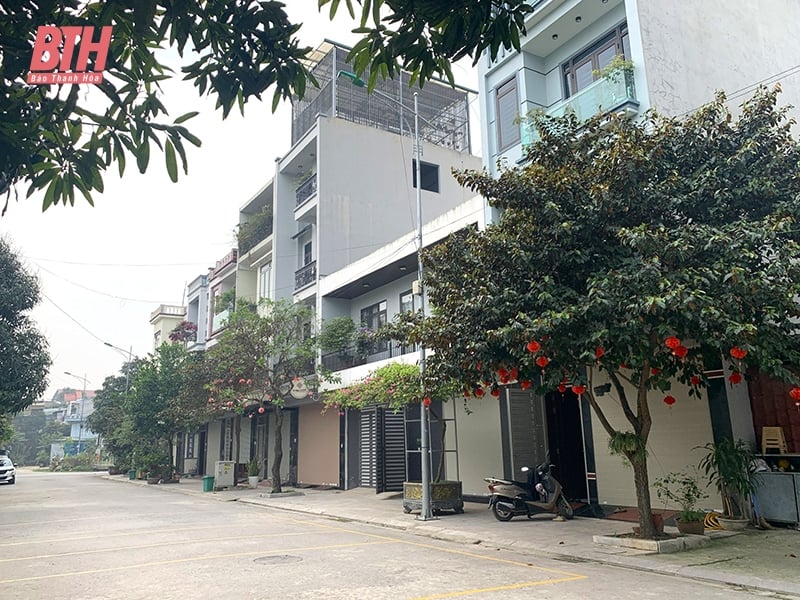
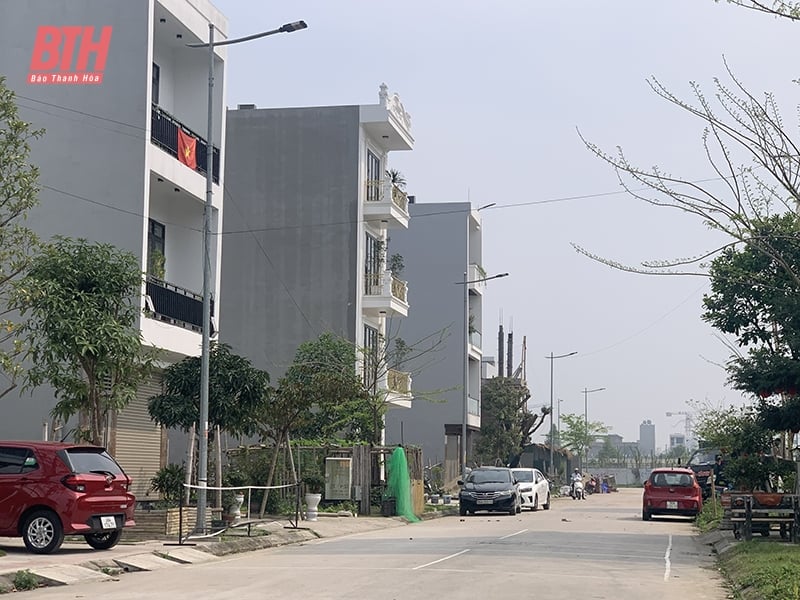


![[Photo] Chinese, Lao, and Cambodian troops participate in the parade to celebrate the 50th anniversary of the Liberation of the South and National Reunification Day](https://vphoto.vietnam.vn/thumb/1200x675/vietnam/resource/IMAGE/2025/4/30/30d2204b414549cfb5dc784544a72dee)

![[Photo] Cultural, sports and media bloc at the 50th Anniversary of Southern Liberation and National Reunification Day](https://vphoto.vietnam.vn/thumb/1200x675/vietnam/resource/IMAGE/2025/4/30/8a22f876e8d24890be2ae3d88c9b201c)
![[Photo] The parade took to the streets, walking among the arms of tens of thousands of people.](https://vphoto.vietnam.vn/thumb/1200x675/vietnam/resource/IMAGE/2025/4/30/180ec64521094c87bdb5a983ff1a30a4)
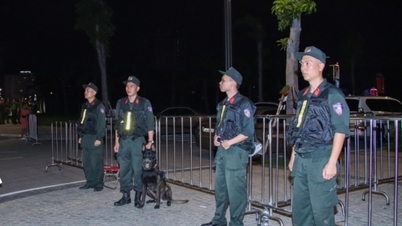

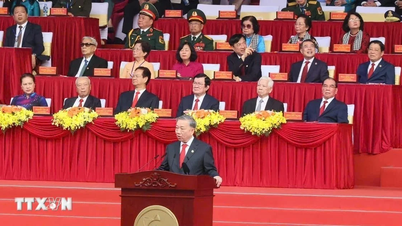










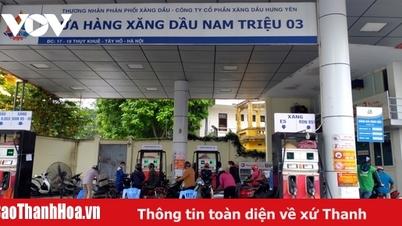

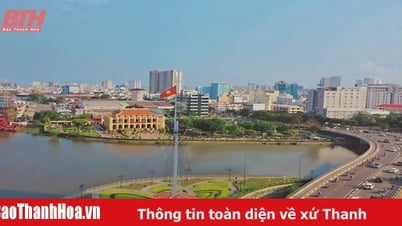
![[Photo] Performance of the Air Force Squadron at the 50th Anniversary of the Liberation of the South and National Reunification Day](https://vphoto.vietnam.vn/thumb/1200x675/vietnam/resource/IMAGE/2025/4/30/cb781ed625fc4774bb82982d31bead1e)





































































Comment (0)